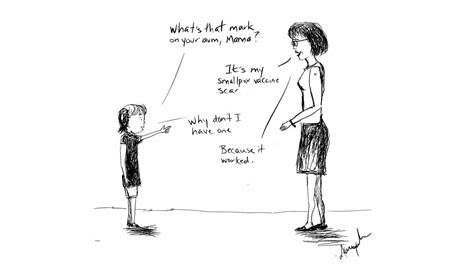When it comes to decision-making, the buzzwords are analytics, science, and facts. These are definitely important aspects to consider, but we must be careful not to ignore the influential and (often) unconscious factors: guilt and denial.

Examples of how guilt and denial influence decision-making:
- Sexual harassment scandals are riddled with guilt and denial. The result is delayed progress and little to no corrective action. For example, a few years ago, several leaders introduced an effort that would require independent judgement of sexual harassment cases in the military. However, the military argued that they would manage it themselves, but literally nothing happened. The new leadership team has finally agreed that independent management is required, but it took years for any action to actually be taken.
- Many financial advisors recommend a 60%-40% division between stocks and bonds for personal investing. First, they frequently try you use a simple solution rather than customize for individual needs. Second, it has been proven over 10-20 years that stocks have outperformed bonds by at least 10-20%, which has cost investors. Many advisers are in denial and refuse to acknowledge their errors while continuing to advise against changes to portfolios.
- The pandemic produced great fear and uncertainty. However, there is clear evidence that economic improvement and the vaccine can rapidly improve things. Despite this, many people seem to be in denial (about the effectiveness of the vaccine and/or the possibility of economic recovery). The result is a deceleration in vaccinations, a continuation of people resisting proper mask use, and a standstill in returning to normal life.

Analysis, statistics, and data can greatly improve our understanding of guilt and denial. However, we also need to acknowledge that the parameters, method of analysis, misinformation, sources, and bias can significantly alter results and conclusions.
Some things to consider:
One of the biggest changes in traditional business is the lack of understanding regarding goals and measurement. We can analyze the strengths of our team and focus on accounting tools like sales, gross profit, EBITA, inventory turn, R.O.I., present value, etc. However, e-commerce and Internet business evaluations are based more on growth, execution, and retention. Consequently, we sometimes deny that clicks, conversions, retentions, and interaction are replacing more traditional measures.
Bias itself is a form of denial and it is one of the greatest complications when it comes to accuracy in the scientific analysis of decisions. This includes statistical problems like sampling, measurement, and development of information.
I also believe that social bias can be more impactful than statistical bias. This includes our preconceived perceptions and assumptions. I’m always amazed that many programmed employee selection tools outperform interviews—especially for jobs requiring specific skills. (One rather surprising bit of evidence that supports this finding is that 3% of the male population is over 6 feet 2 inches tall. However, 33% of CEOS are over 6 feet 2 inches tall.) In particular, tests remove factors like unconscious age, sex, and racial discrimination. Cultural and environmental elements also affect bias: Dress, demographics, weather, location, and culture all affect perceptions in the decision-making process.
Risk also plays a critical part in creating guilt and denial. Frankly, I believe we all need more risk, but there are plenty of people who will deny this out of fear. We tend to think of it as a taboo concept and it’s really not—once you understand it. In order to benefit from risk, you need to define what risk is to you. Risk needs to be managed rather than feared. Understanding the risk, the rewards, and the importance of each can help you improve outcomes. Don’t allow fear, uncertainty, guilt, or tradition to prevent you from trying something new. Only those who dare to risk going too far can find out how far one can go.
A more open and honest culture that encourages communication and collaboration can provide a greater understanding of guilt and denial. Empower your staff and management and trust your employees. This requires hiring and training good people, giving them the authority they need to do their jobs well, and understanding that they will make mistakes at times. Encouraging and supporting open dialogues sends the message that issues will be taken seriously and addressed appropriately.
As we’ve seen, analysis, statistics, and data can greatly improve decision-making. However, we must also acknowledge that the parameters, method of analysis, misinformation, sources, bias, denial, and guilt can greatly alter perceptions, results, and conclusions.

To avoid these traps, try incorporating a “devil’s advocate” approach in the decision process. Just take a moment to look at things from a different perspective—it might help you see the bigger picture more clearly. Maybe some self-reflection will debunk a previously believed theory or, perhaps, it will strengthen your convictions. Either way, you (and your decisions) will be better for it.
Related: Selecting and Reviewing Employees: How to Improve the Process
